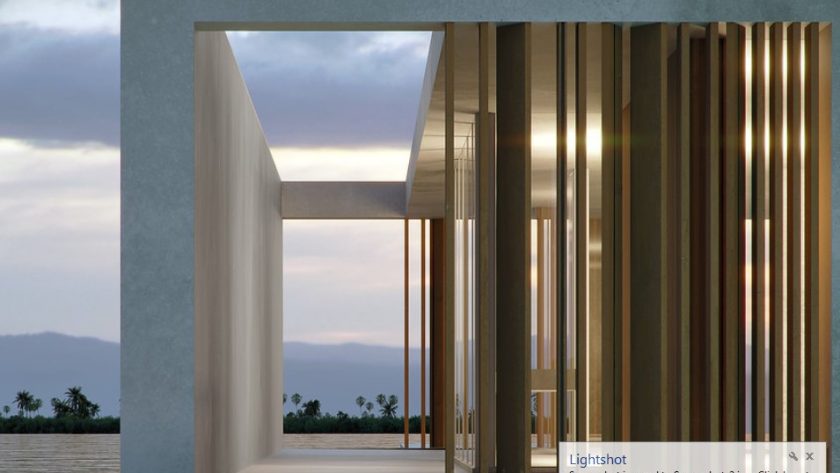Introduction:
San Pedro Belize Real Estate, a cornerstone of wealth and economic activity, is a dynamic and multifaceted industry that plays a pivotal role in shaping the world we live in. As we step into a new era, the real estate landscape continues to evolve, influenced by changing demographics, technological advancements, and global economic shifts. In this article, we will explore the current trends, challenges, and opportunities in the realm of real estate.
- Tech-Driven Transformation:
In recent years, technological innovations have revolutionized the real estate sector. The rise of proptech (property technology) has streamlined various processes, from property search and transactions to property management. Virtual reality (VR) and augmented reality (AR) are reshaping how potential buyers and tenants experience properties, allowing for virtual tours and immersive experiences without leaving their homes.
Additionally, blockchain technology is gaining traction for its potential to enhance transparency and security in property transactions. Smart contracts, powered by blockchain, can automate and streamline the complex process of buying and selling real estate, reducing the need for intermediaries and minimizing the risk of fraud.
- Changing Demographics and Urbanization:
Demographic shifts continue to shape the real estate market. Millennials, the largest generation in history, are entering the housing market, driving demand for affordable and flexible housing options. This has led to a surge in urbanization, with city centers experiencing increased demand for mixed-use developments that offer a live-work-play environment.
Furthermore, the aging population has sparked interest in senior living communities and accessible housing solutions. Developers and investors are adapting to these demographic changes, creating opportunities for innovative and inclusive real estate projects.
- Sustainable Development and ESG Integration:
As environmental, social, and governance (ESG) considerations become integral to business practices across industries, the real estate sector is no exception. Sustainable development practices are gaining prominence, with a focus on energy efficiency, green building certifications, and eco-friendly design. Investors are increasingly looking for environmentally responsible projects that align with ESG criteria, reflecting a growing awareness of the environmental impact of real estate activities.
- Pandemic Impacts and Remote Work Trends:
The COVID-19 pandemic has reshaped the way we work and live, influencing real estate trends in unforeseen ways. The rise of remote work has led to a reevaluation of office space needs, with companies adopting hybrid work models. This shift has implications for commercial real estate, with a potential decrease in demand for traditional office spaces and an increased demand for flexible workspaces and suburban or rural properties.
On the residential front, the pandemic has accelerated the adoption of e-commerce, prompting a surge in demand for industrial and logistics real estate. The need for last-mile distribution centers to support online retail has created opportunities for investors in the logistics sector.
- Challenges in the Real Estate Market:
Despite the opportunities, the real estate market faces its share of challenges. Economic uncertainties, rising construction costs, and supply chain disruptions can impact development projects. Additionally, regulatory changes, zoning restrictions, and geopolitical factors can introduce complexities and uncertainties for investors and developers.
Conclusion:
The real estate landscape is in a state of constant flux, driven by technological advancements, demographic shifts, and global events. Navigating this dynamic environment requires a keen understanding of emerging trends, a commitment to sustainability, and the flexibility to adapt to changing market conditions. As the industry continues to evolve, stakeholders in real estate must embrace innovation and seize opportunities to create a more resilient and inclusive built environment.




